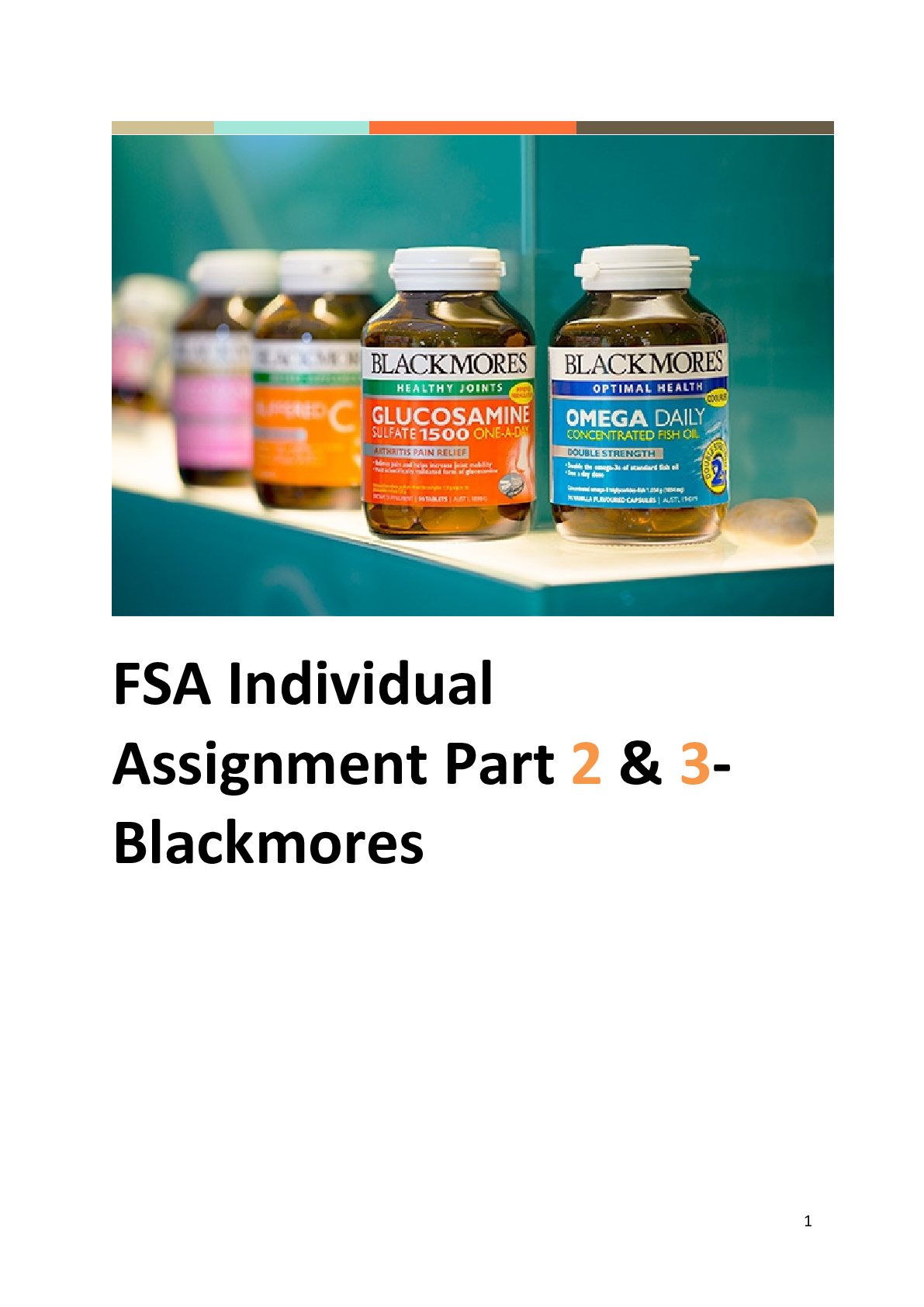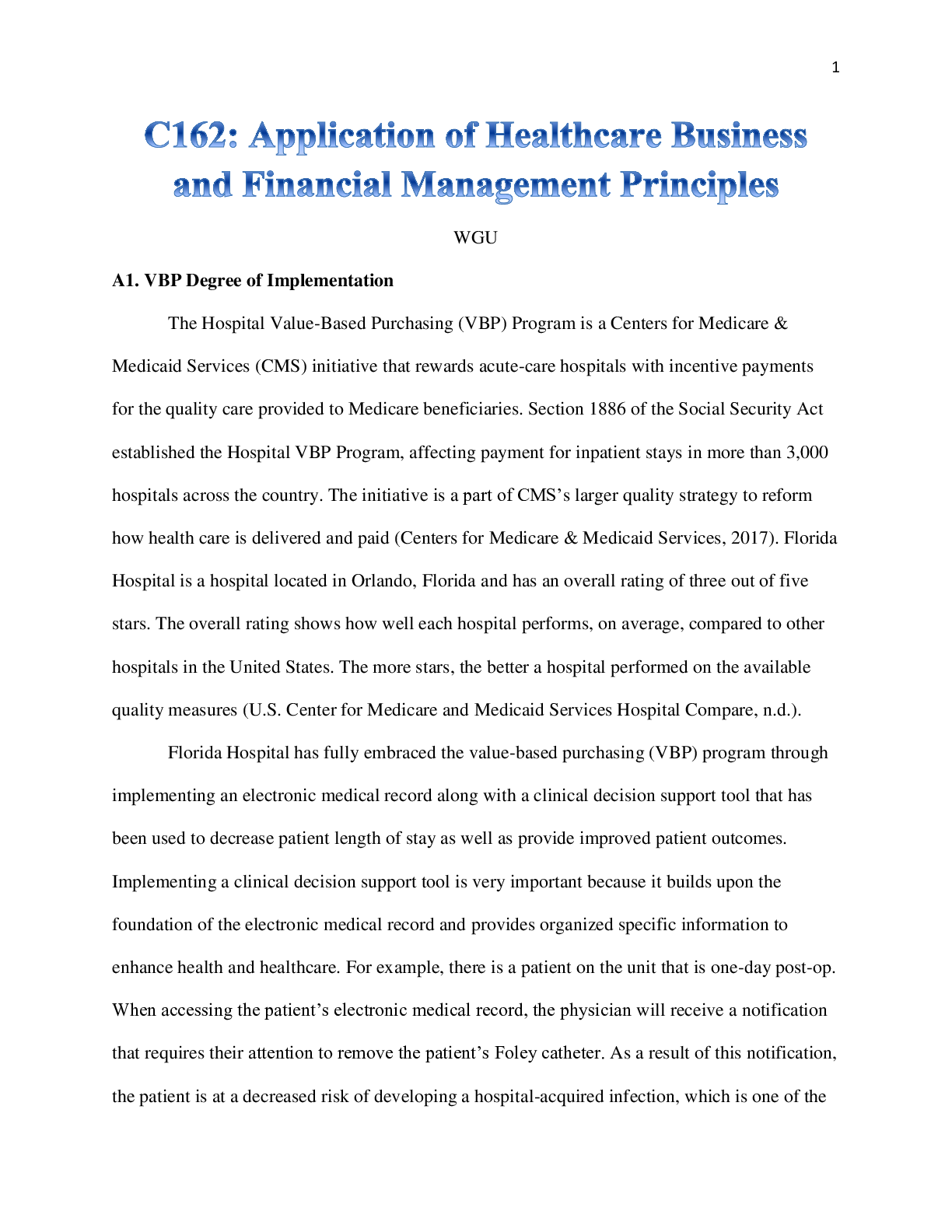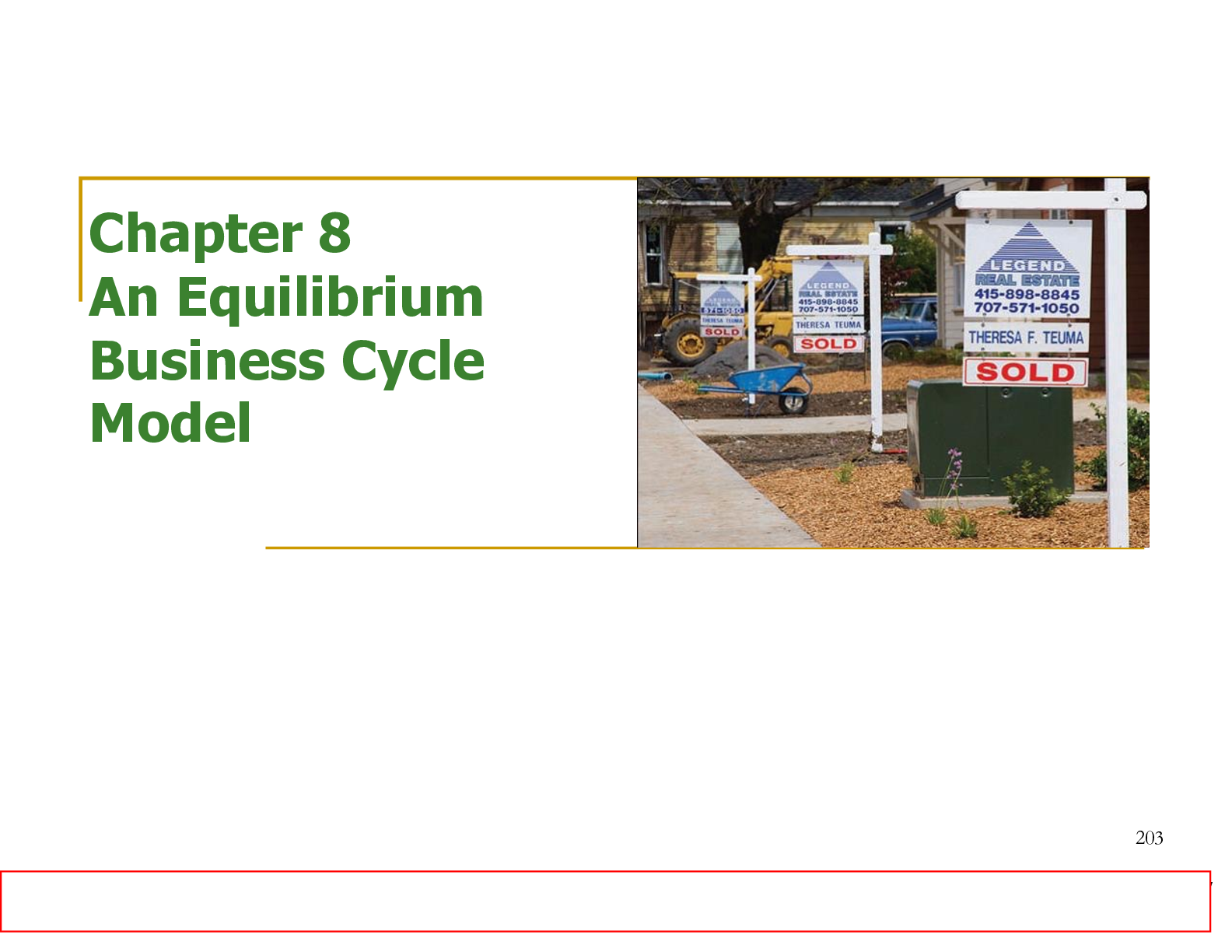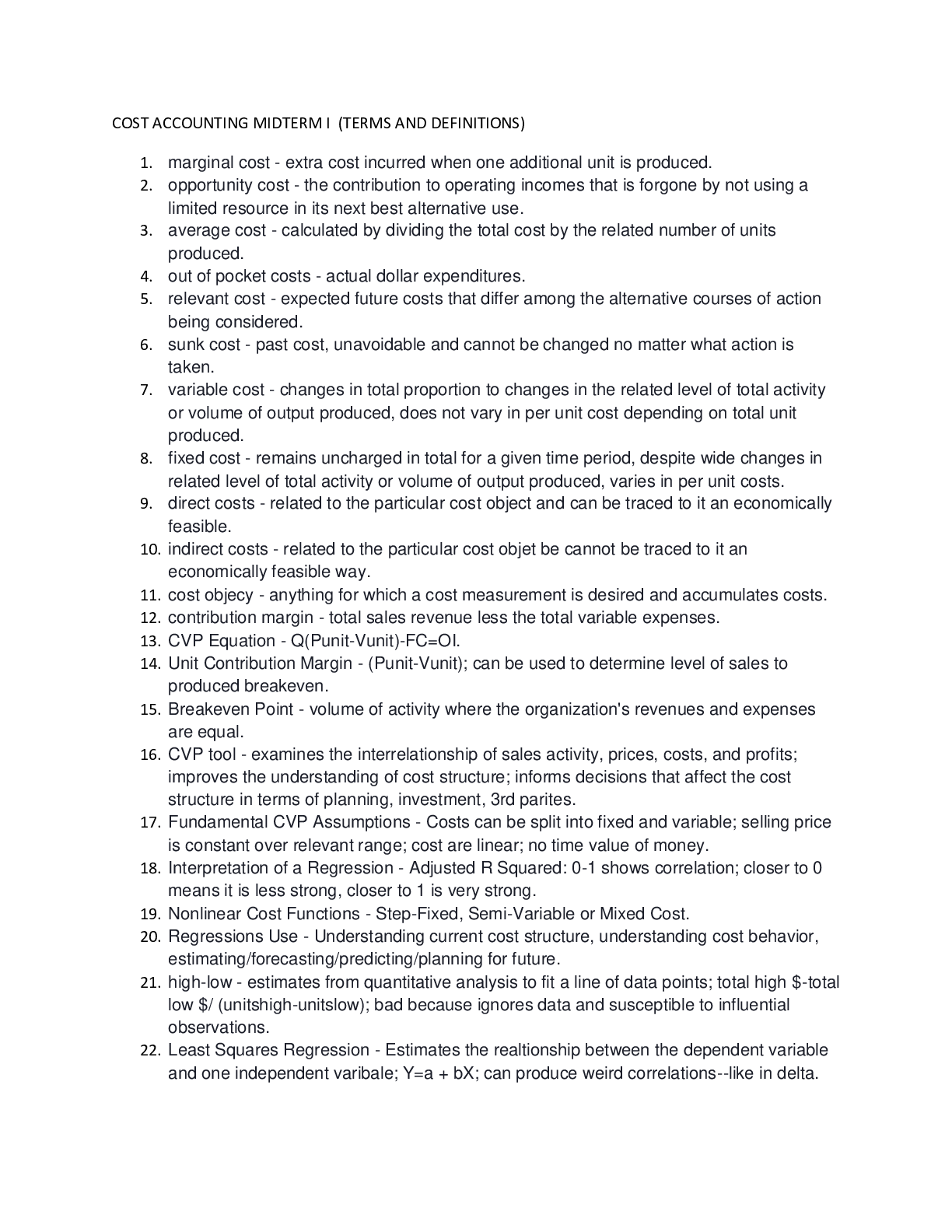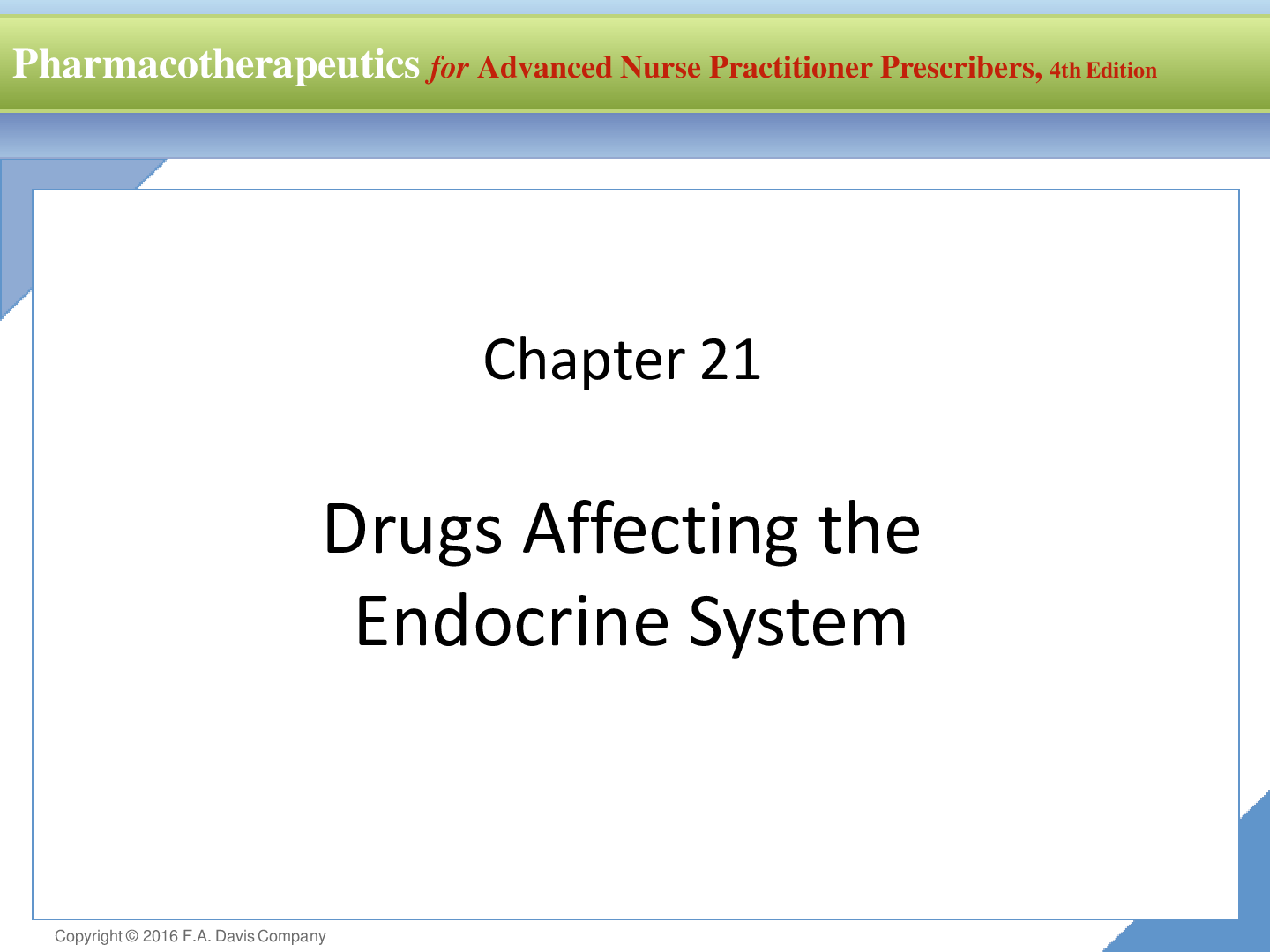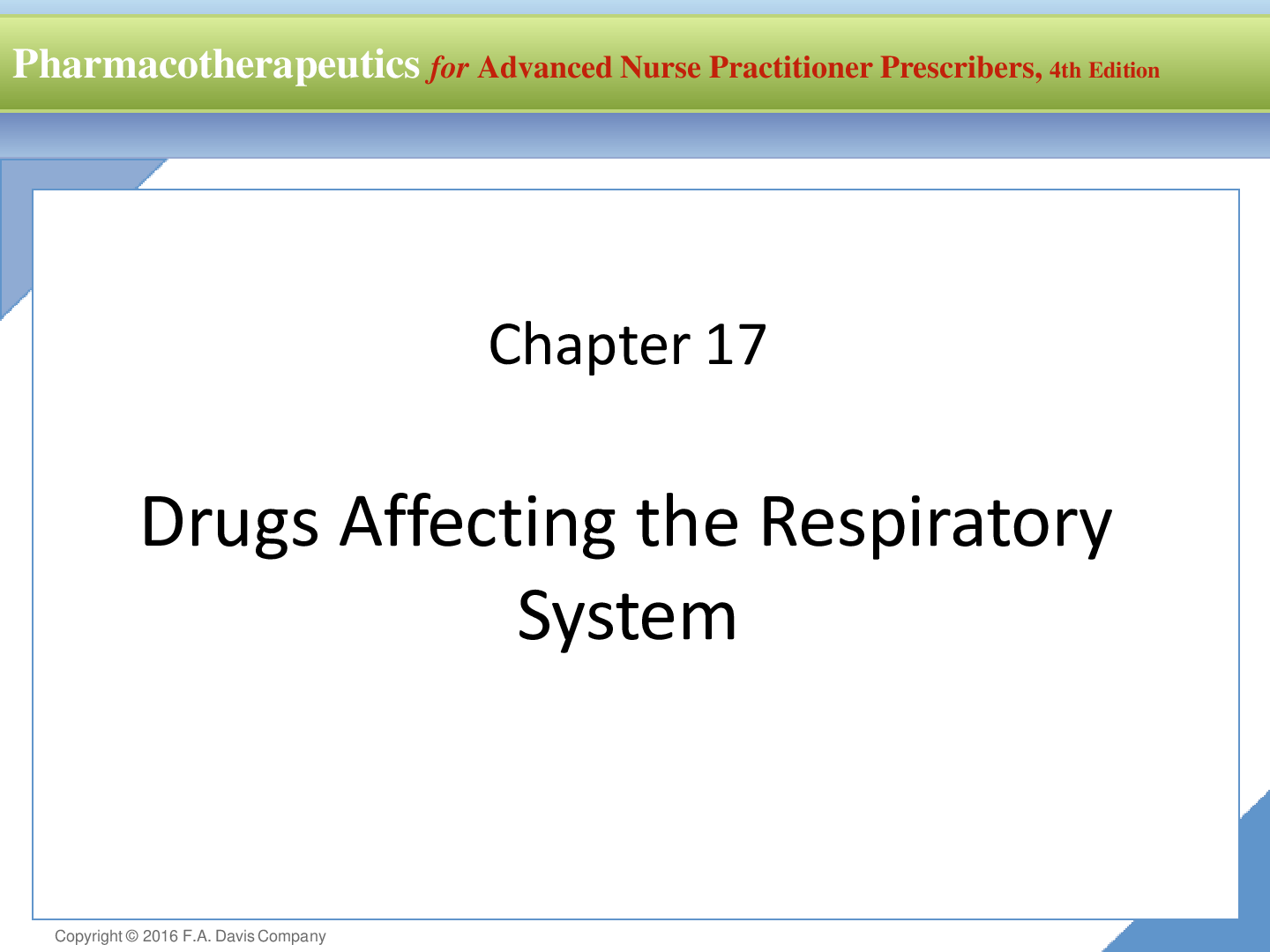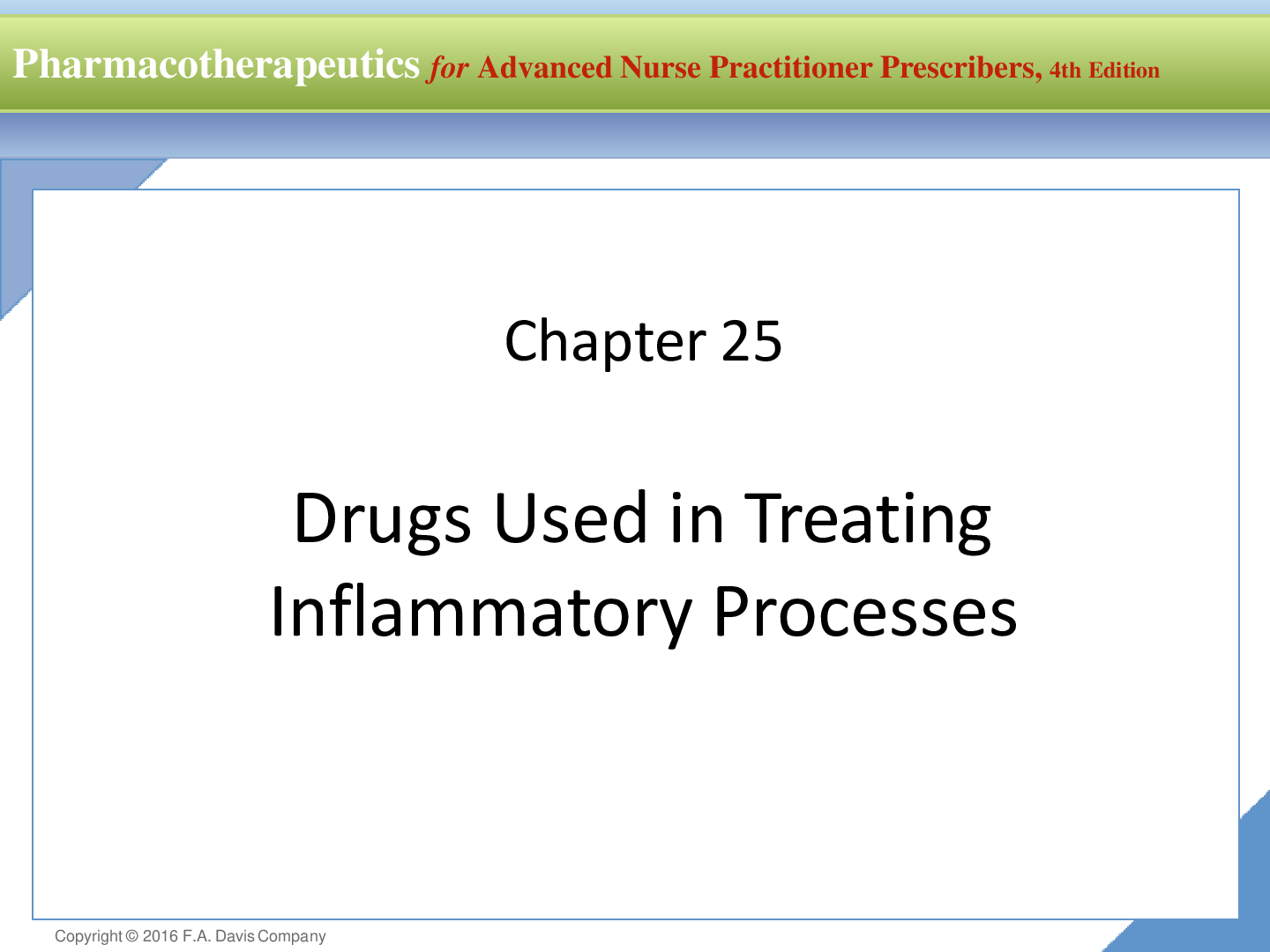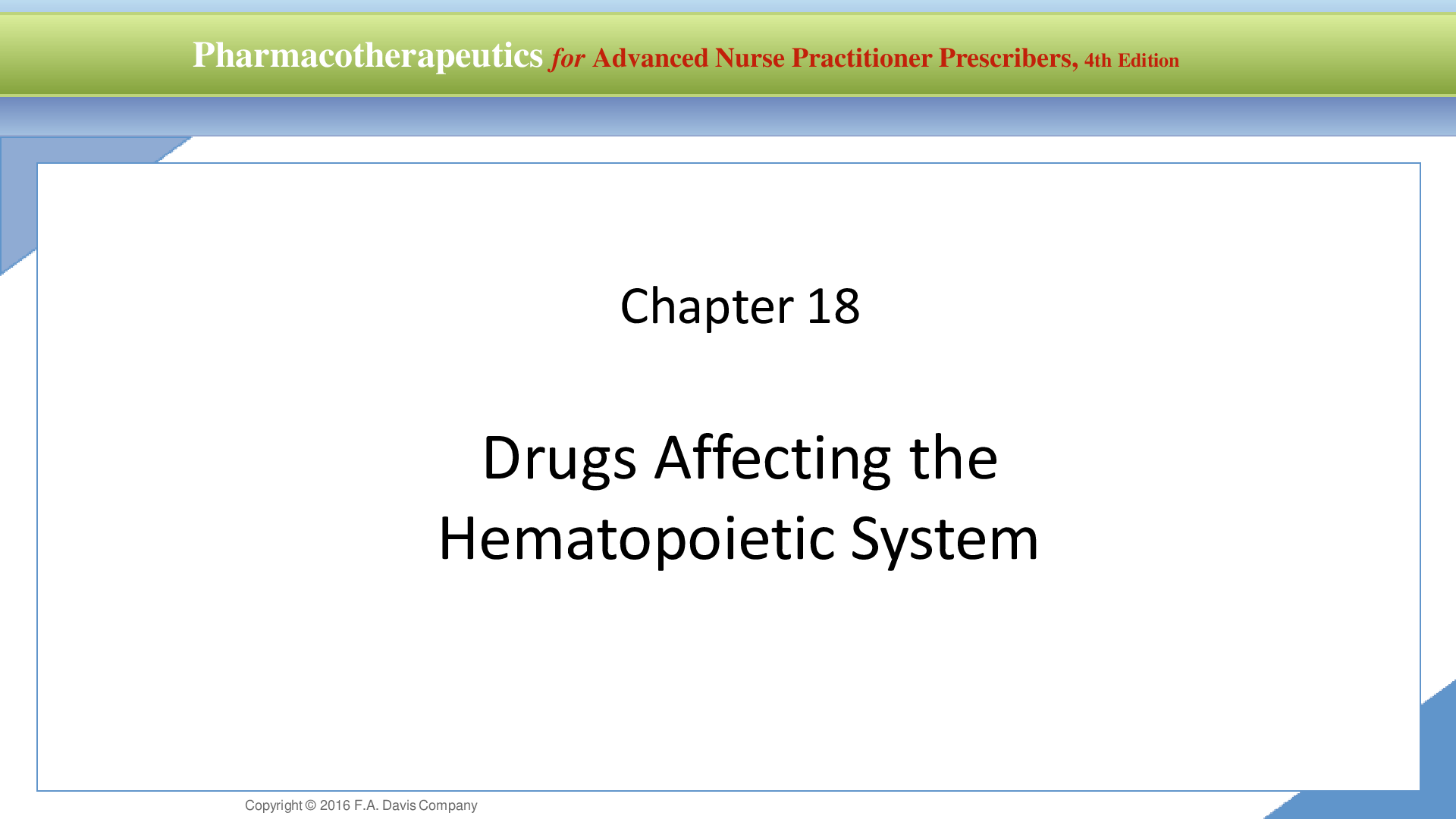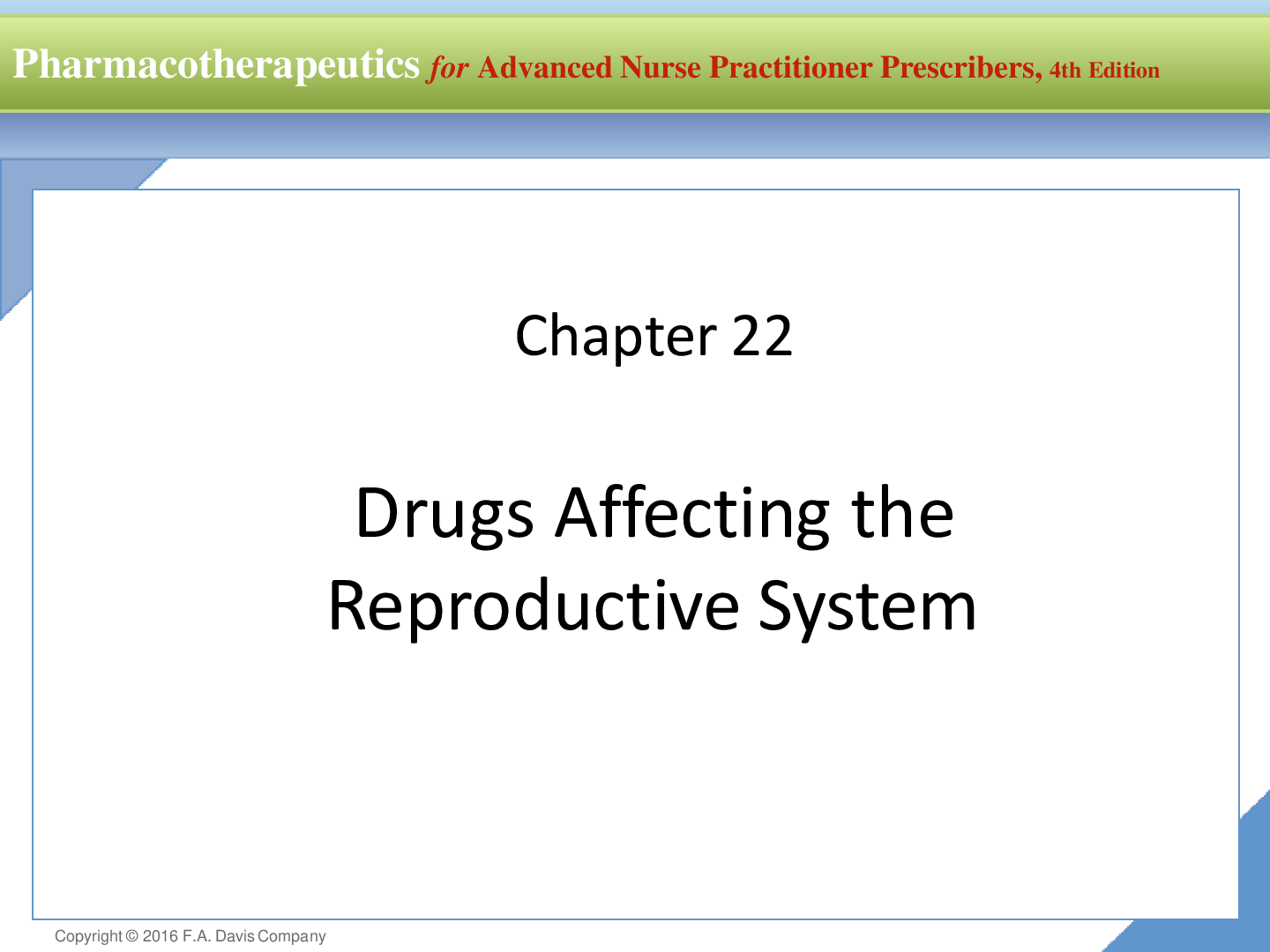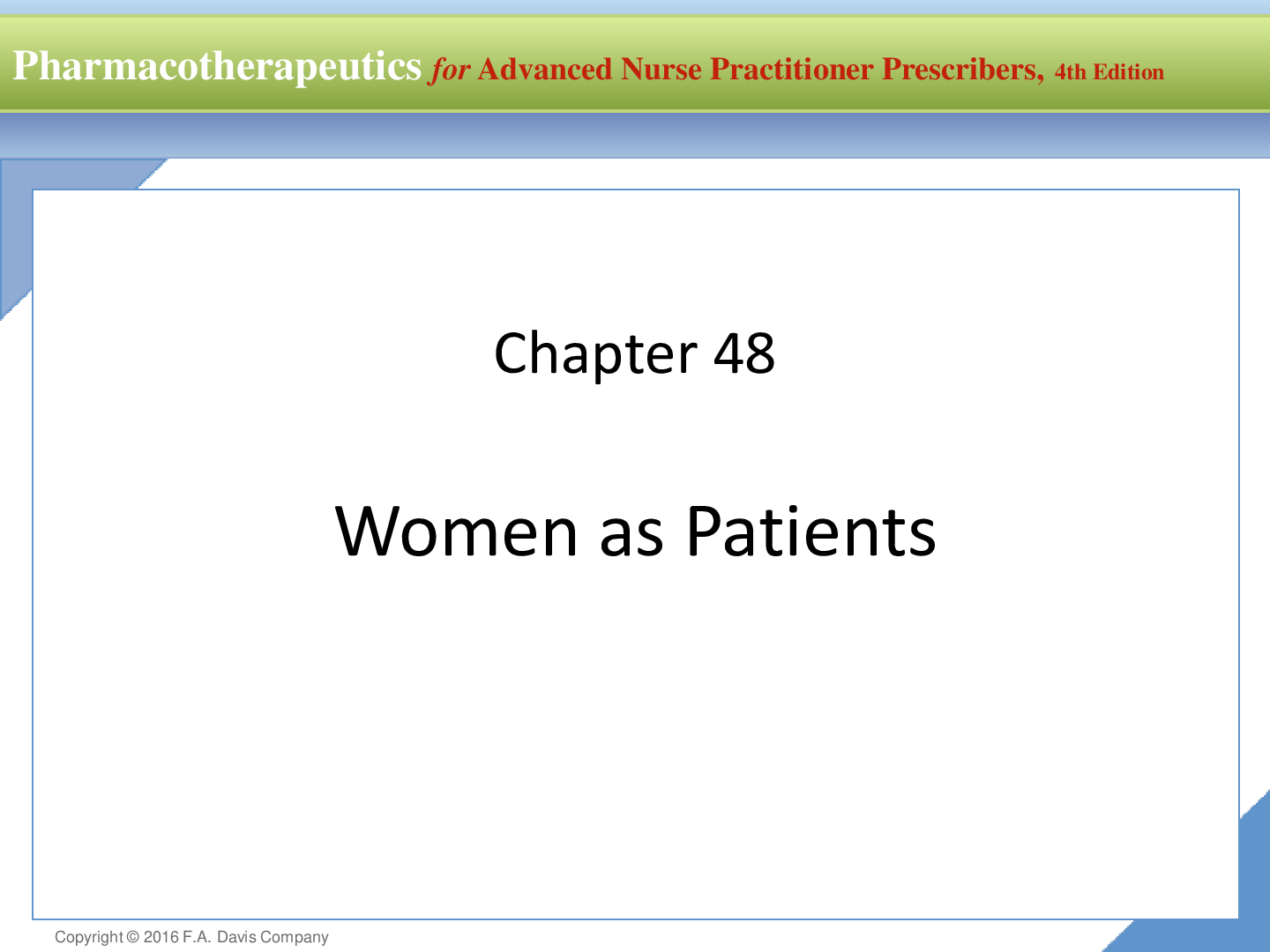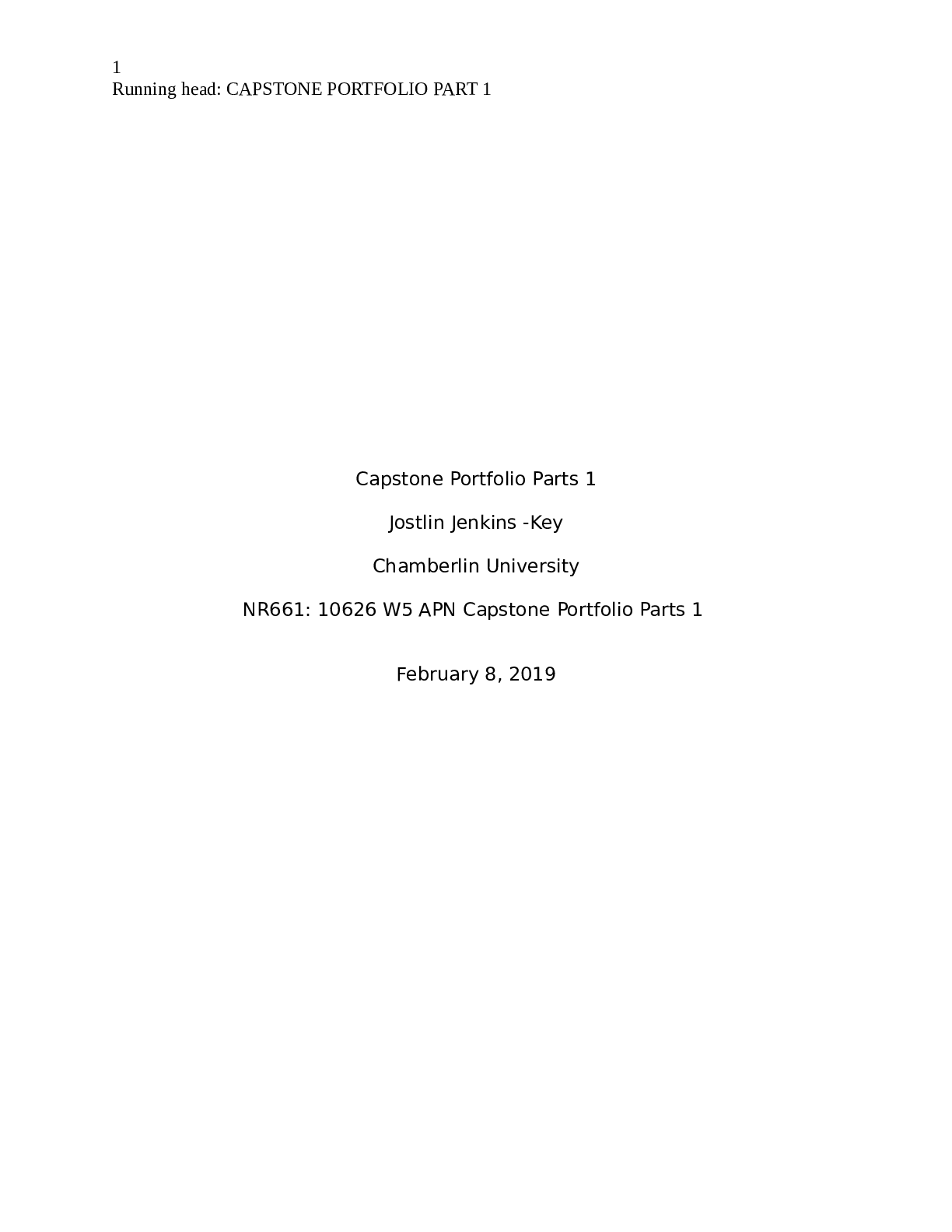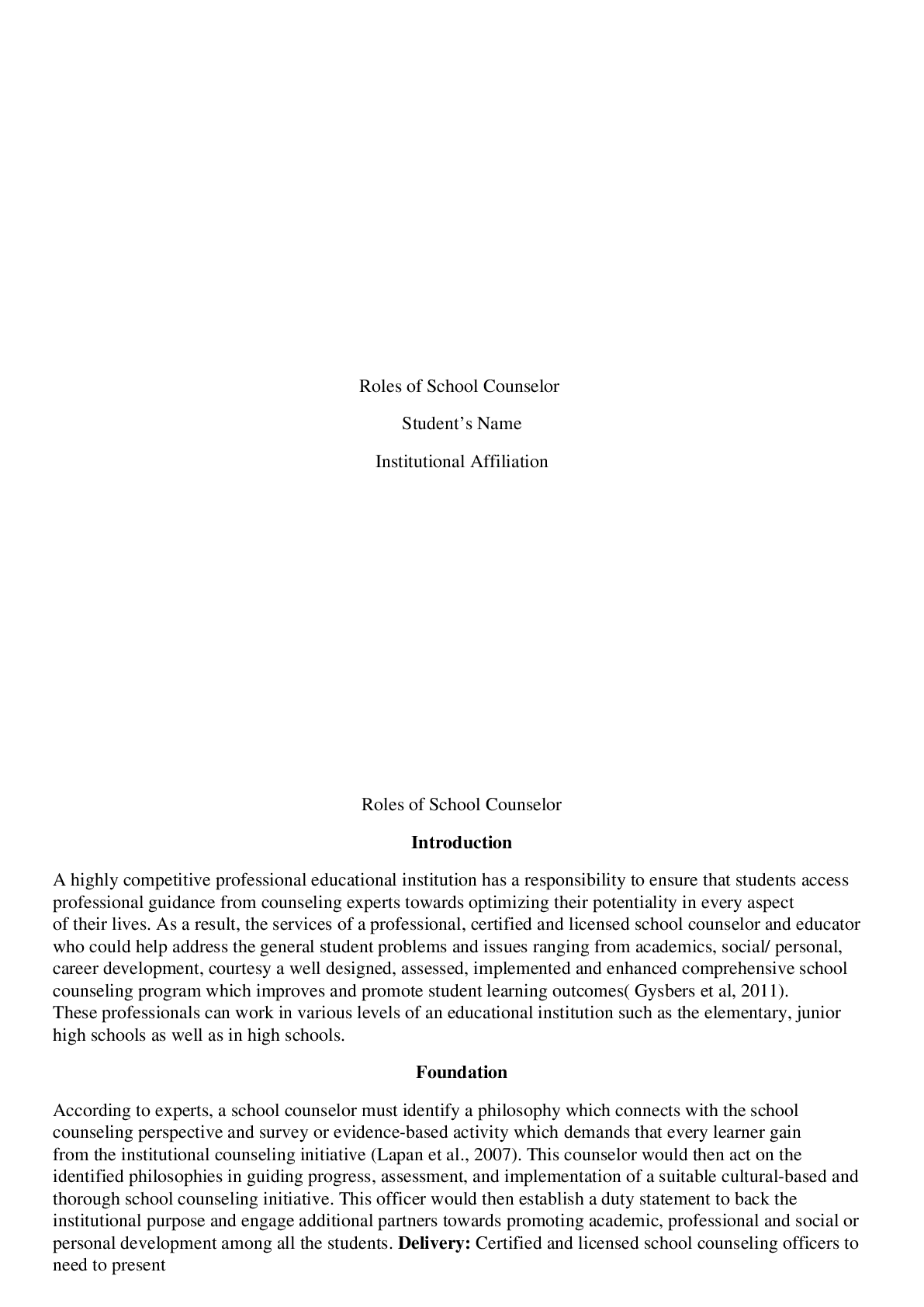*NURSING > Class Notes > Safe administration of intravenous fluids and medicines: Best Class Notes (All)
Safe administration of intravenous fluids and medicines: Best Class Notes
Document Content and Description Below
THE CONTENT Chapter 6 Safe administration of intravenous fluids and medicines Learning outcomes At the end of this chapter, the practitioner will be able to: Understand the different methods of ... delivering intravenous fluids and/or medication Select the appropriate equipment needed to safely administer intravenous fluid Understand the step-by-step process in relation to the safe administration of intravenous fluid Select the appropriate equipment needed to prepare intravenous medication Understand the step-by-step process in relation to the safe administration of intravenous medication Demonstrate how to provide appropriate patient monitoring and aftercare. Identify a commonly used IV medication that is used in your clinical area. Study the medication in detail – think about how it is mixed, what diluent is used, and the method of administration. Next, identify the side effects of the medication, and consider the effects it may have on the patient’s vein. You may find it useful to create a ‘drug diary’ to list the common IV medications used within your clinical area. Preparing the patient for administration of IV fluid or medication Preparing equipment for administration of IV fluid or medication Administering IV fluid via a continuous infusion (without adding a medicine) If 1 litre (1L) 5% glucose is prescribed and to be administered over 8 hours, using a standard giving set delivering 20 drops per mL, what would the infusion rate be in drops per minute? If 500mL sodium chloride is prescribed and to be administered over 2 hours, using a standard giving set delivering 20 drops per mL, what would the infusion rate be in drops per minute? If 1 litre (1L) 5% glucose is prescribed and to be administered over 6 hours, using a standard giving set delivering 20 drops per mL, what would the infusion rate be in drops per minute? Preparing injectable intravenous medicines Think about the safety features your healthcare provider has introduced to reduce the risk of mistakes in prescribing, preparing or administering IV therapy. (For instance, do you use ready-to-use preparations, needle-free systems, etc.) Identify whether these policies have made any difference to improving practice, and reducing clinical incidents. Withdrawing a solution or suspension from a vial into a syringe Reconstituting powder from a vial and drawing the resulting suspension or solution into a syringe Adding a prepared medicine to infusion fluid [Show More]
Last updated: 1 year ago
Preview 1 out of 17 pages

Reviews( 0 )
Document information
Connected school, study & course
About the document
Uploaded On
May 07, 2020
Number of pages
17
Written in
Additional information
This document has been written for:
Uploaded
May 07, 2020
Downloads
0
Views
53

